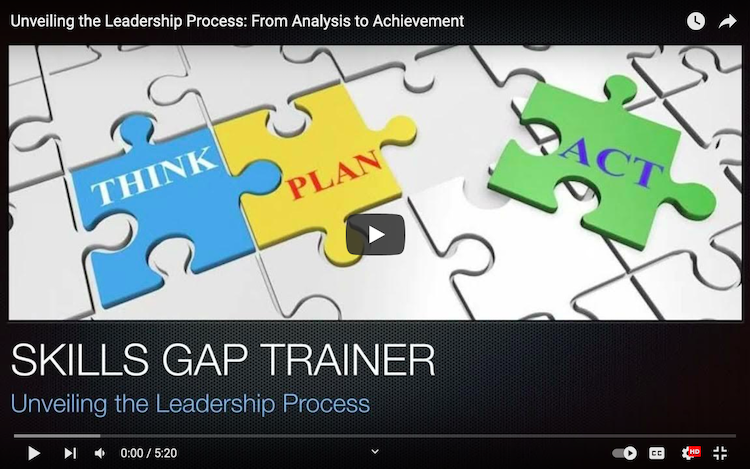Leadership is a broad, multifaceted topic that demands rigorous study to truly comprehend. The process of becoming a leader can be categorized into three main phases: analysis, definition, and achievement. However, this article merely scratches the surface of these stages and lacks the depth necessary to provide readers with a comprehensive understanding of the leadership process. Hence, it is essential to expand upon this topic, integrating insights from various related fields such as management psychology, human resources, leadership types, conflict management, and motivational strategies to create a full, informative, and educationally valuable resource.
Phase One: Analysis
The initial phase in the leadership process is analysis. During this phase, potential leaders need to exhibit introspection and study the group they wish to lead. A newcomer exhibiting an aggressive, domineering behavior can alienate themselves from the group, leading to a rejection of their leadership. Instead, successful leadership begins with a thorough understanding of the group’s norms, objectives, and dynamics.
This understanding necessitates an investigation into the group’s psychological constructs, where theories from management psychology and positive psychology can be instrumental. By comprehending the individual’s motivations, their tendencies towards negative or positive behaviors, leaders can anticipate group responses and adapt their strategies accordingly.
Notably, the analytical phase also encompasses recognizing potential sources of conflict within the group. By learning about conflict management techniques, potential leaders can foresee and strategically navigate these situations. This proactive approach can help in solidifying their position within the group.
Moreover, leaders need to be mindful of physical biases and cues. Nonverbal communication, often overlooked, plays a crucial role in social interactions and thus, in leadership. Reading and correctly interpreting these cues can give leaders valuable insights into group dynamics.
Phase Two: Definition
The second phase in the leadership process is definition. This involves the leader declaring their ideas, defining the group’s identity, their role within it, and emphasizing their similarity to the group. The leader’s role in shaping the group’s identity is critical. It involves strategic decision-making, inspiring a shared vision, and managing team dynamics.
This phase also requires the leader to address potential biases, both within themselves and among the group members. Biases can deeply impact the selection process, hiring decisions, and ultimately, the overall functionality of the group. Leaders need to demonstrate an awareness of these biases and actively work to minimize their influence.
Similarly, the definition phase necessitates the leader’s understanding of various leadership styles, such as charismatic, destructive, structured, and inclusive leadership. Depending on the group’s needs and the leader’s personality, a specific leadership style may be more effective.
Phase Three: Achievement
The final phase of the leadership process is achievement. Leaders must produce tangible results to maintain the group’s motivation and trust. This phase requires leaders to effectively utilize the skills and competencies they’ve cultivated in the previous phases.
This step involves demonstrating competence, managing performance, and, critically, addressing any skills gaps within the group. Leaders must be adept at identifying such gaps, devising and implementing training programs, and constantly evaluating their efficacy. This can be particularly challenging in fields like technology, where rapid advancements can lead to recurring skills gaps.
Furthermore, leaders must recognize when to escalate or de-escalate conflicts strategically, and how to negotiate between opposing interests. High-stakes negotiations require an advanced level of interpersonal skills, emotional intelligence, and technical knowledge.
In conclusion, the process of securing leadership is a complex journey that requires a deep understanding of human psychology, group dynamics, organizational behaviour, and the constant negotiation of power and conflict. By weaving these threads together, one can begin to appreciate the intricate tapestry that is leadership. This article has aimed to provide a more in-depth and comprehensive exploration of the leadership process, in the hopes of offering valuable insights to those embarking on their leadership journey.
Related books and resources:
“Leadership: Theory and Practice” by Peter G. Northouse – A comprehensive exploration of various leadership theories and practices, which aligns well with the overall narrative of understanding the multifaceted nature of leadership.
“Primal Leadership: Learning to Lead with Emotional Intelligence” by Daniel Goleman, Richard Boyatzis, and Annie McKee – This book offers insights into leading with emotional intelligence, a crucial aspect during the analysis and achievement phases of leadership.
“Drive: The Surprising Truth About What Motivates Us” by Daniel H. Pink – This book explores the underlying factors of motivation, which is essential for leaders to understand and harness during the definition phase of leadership.
“The Five Dysfunctions of a Team: A Leadership Fable” by Patrick Lencioni – Provides a look into team dynamics and offers strategies for leaders to build effective teams, aligning with the group dynamics aspect of leadership.
“Dare to Lead: Brave Work. Tough Conversations. Whole Hearts.” by Brené Brown – Focuses on courage and vulnerability in leadership, essential for navigating the analysis and definition phases effectively.
“The Conflict Resolution Toolbox: Models and Maps for Analyzing, Diagnosing, and Resolving Conflict” by Gary T. Furlong – This book offers tools and techniques for managing conflicts, a critical skill in the achievement phase of leadership.
“Switch: How to Change Things When Change Is Hard” by Chip Heath and Dan Heath – Useful for leaders looking to implement change within their organizations, relevant to the achievement phase.
“Mindset: The New Psychology of Success” by Carol S. Dweck – Explores the concept of fixed versus growth mindsets, an essential consideration throughout the leadership process.
“Nonviolent Communication: A Language of Life” by Marshall B. Rosenberg – Offers insights into effective communication strategies, critical during all phases of leadership, especially in conflict resolution.
“Good to Great: Why Some Companies Make the Leap and Others Don’t” by Jim Collins – This book provides case studies of companies that have achieved great leadership and can serve as an inspiration and blueprint for readers.
To see our Donate Page, click https://skillsgaptrainer.com/donate
To see our Instagram Channel, click https://www.instagram.com/skillsgaptrainer/
To see some of our Udemy Courses, click SGT Udemy Page
To see our YouTube Channel, click https://www.youtube.com/@skillsgaptrainer
